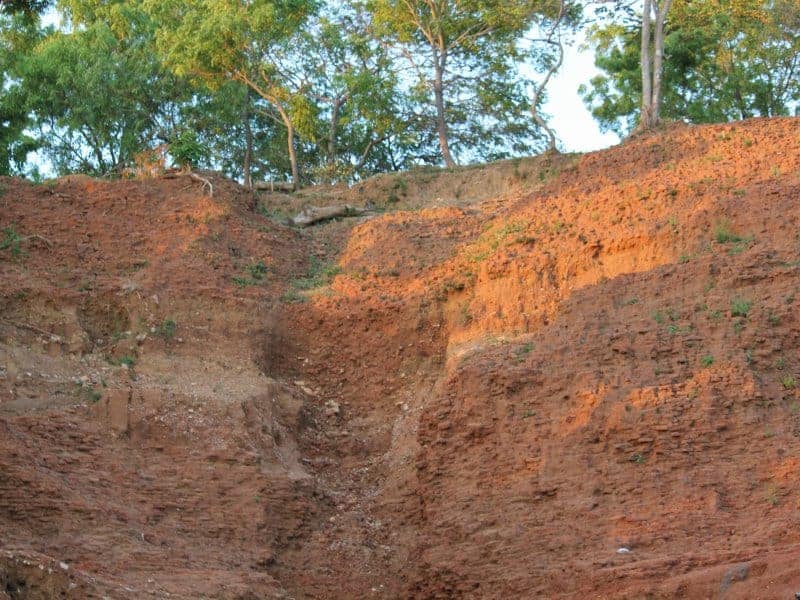The Demala Mahaseya is a rather poorly-known but still fascinating place of ancient worship. It rises off the ground in the form of a mound, towering over the trees and shrubs and the rest of the countryside. It looks out to the world as one of the largest monuments ever built in Sri Lanka. In fact, the rough terrain makes it incredibly difficult to reach. Hence it is presently accessible via four-wheel drive or an incredibly arduous walk.
Incomplete as it is, it is estimated that it might have been over one hundred and eighty meters in height. With a circumference more than three times as much. The only indications that there was ever such a mammoth structure-or was at least a plan to make one-are the three pesavalalu or supportive rings at the base of a low hill overgrown with vegetation. It would be just like yet another religious monument in Polonnaruwa had it been fully constructed and it would have been the largest of all.
It is one of the most mysterious places to see in Sri Lanka.
Demala Mahaseya gets its name from the particularly brutal technique used by Parakramabahu of Polonnaruwa to get it built. His invasion of South India’s Chola kingdom in order to help his allies, the Pandyan dynasty, had resulted in his defeat-or victory as the local sources put it. But nevertheless, he managed to amass a massive army of Tamil prisoners of war as laborers in constructing the mammoth monument. Hence the term “Demala” or “Damila” is an older way of referring to the Tamil people in South India. Who came to Sri Lanka on occasion, mostly as invaders. However, by this time, there was international trade across the Indian Ocean. Parakramabahu made the country wealthy and prosperous. By tapping into the trade routes, earning him praise as the hero of the Chulavamsa.
Had this monument been completed, it would have been the largest Buddhist monument in the world. Greater by far than the Borobudur complex in Java. There is, however, a small stupa on top of the hill, added in at a much later date.
Written by Vasika Udurawane for Travel Lanka Compass



0 Comment